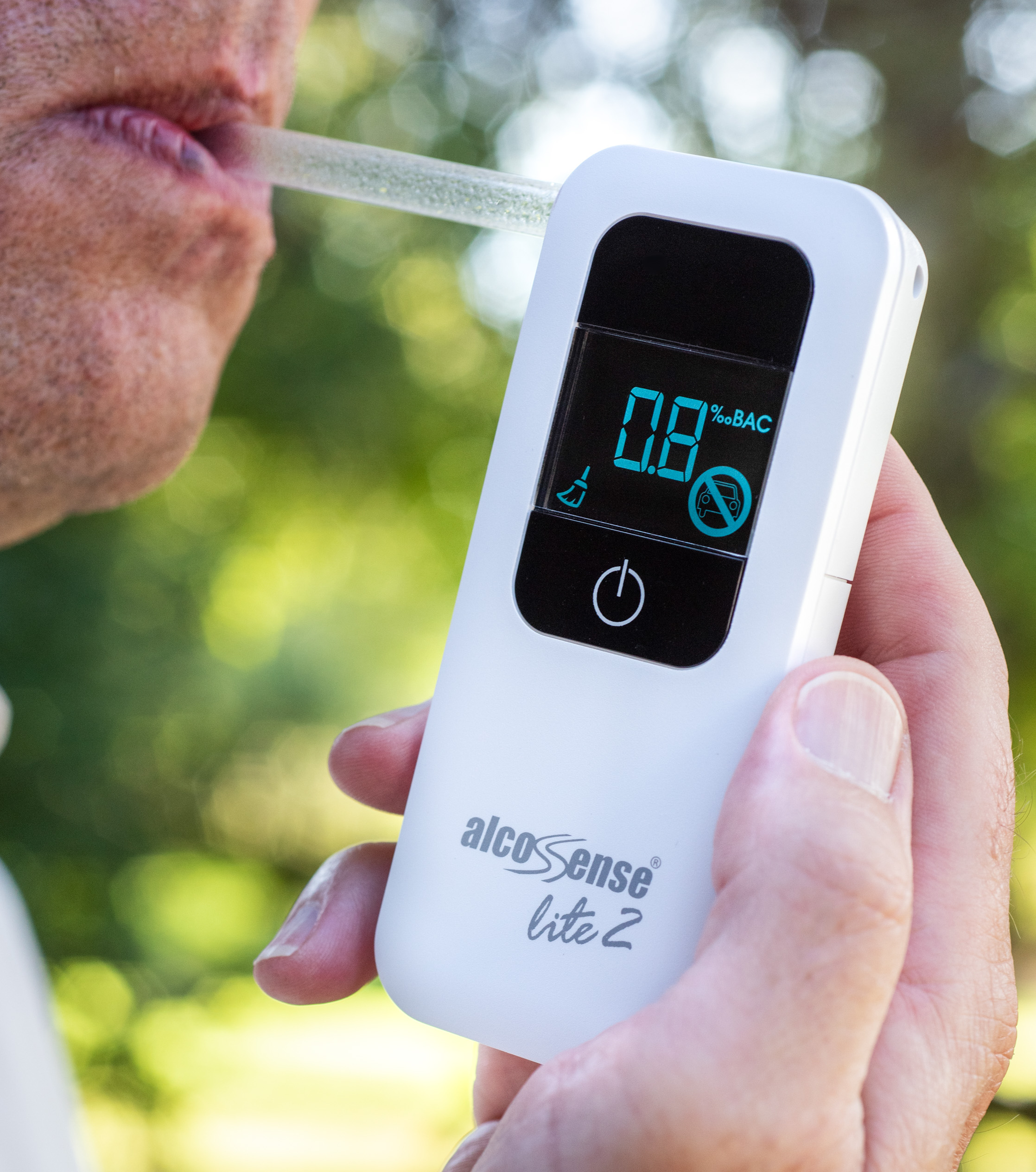Seventy five per cent of Scots believe that reducing the drink drive limit five years ago has been good for road safety – and 80% say the rest of the UK should follow their example.
The Scottish limit was lowered on 5th December 2014 from 80mg of alcohol in 100mL of blood (0.80‰BAC) to 50mg (0.50‰BAC).
According to a survey by breathalyser firm AlcoSense Laboratories, 53% of Scottish motorists have now reduced the amount of alcohol they drink, when they know they are driving either later the same day or the following morning.
The most popular step taken to avoid breaking the stricter law is to arrange alternative transport to get home after a night’s drinking – 43% now either walk, take a taxi or rely on a designated alcohol-free driver.
Almost four in ten (38%) say that if they do drive to a pub or restaurant, they will consume no alcohol at all – and a further 31% say that if they know they will be consuming alcohol on a night out, they no longer drive to the venue.

Nearly 30% mention they now drink at home more, so they don’t have to worry about driving.
The study of 1000 people living in Scotland found that two thirds of motorists would not drive even after one alcoholic drink – whereas prior to the law change they would have driven after one or two drinks.
“Based on these findings, the number of drivers on Scottish roads with alcohol in their system has significantly reduced”, comments Hunter Abbott, Managing Director of AlcoSense Laboratories.
“The risk of being in a fatal accident increases exponentially as blood alcohol levels rise – even if you are below the legal limit.
“With just 10mg (0.10‰BAC) of alcohol in your blood (one fifth of the Scottish limit) you are 37% more likely to be involved in a fatal crash*.
“It seems that Scottish motorists have become far more responsible and, as a result, the roads are much safer than before the change in law”.
Interestingly, 42% of Scots surveyed claimed that the lowering of the drink drive limit has resulted in them consuming less alcohol generally.
Over three quarters (77%) were already in favour of the change when it was introduced, and an even higher number (83%) support it now based on their experience of the past five years.
When asked whether England, Wales and Northern Ireland should reduce the limit to the same level as Scotland, a resounding four out of five Scots agreed.
A third of Scottish respondents also thought that the drink drive limit should be reduced to zero – as in countries such as Hungary, Russia and the Czech Republic.
A further 20% said the limit should be lowered to 20mg of alcohol (0.20‰BAC), which is the recommendation of the European Transport Safety Council and applies in Norway, Poland and Sweden.
“Motorists should either abstain completely or use an accurate personal breathalyser to check they are clear the following morning”, adds Mr Abbott from AlcoSense. “Our top range products use the same fuel cell sensor as several UK and European police forces.
“Although the number of drink drive prosecutions has stayed relatively consistent over the last five years**, most Scottish motorists appear to have adjusted their habits and now choose to drive when they are completely clear of alcohol. For road safety as a whole this is an amazing result”.

